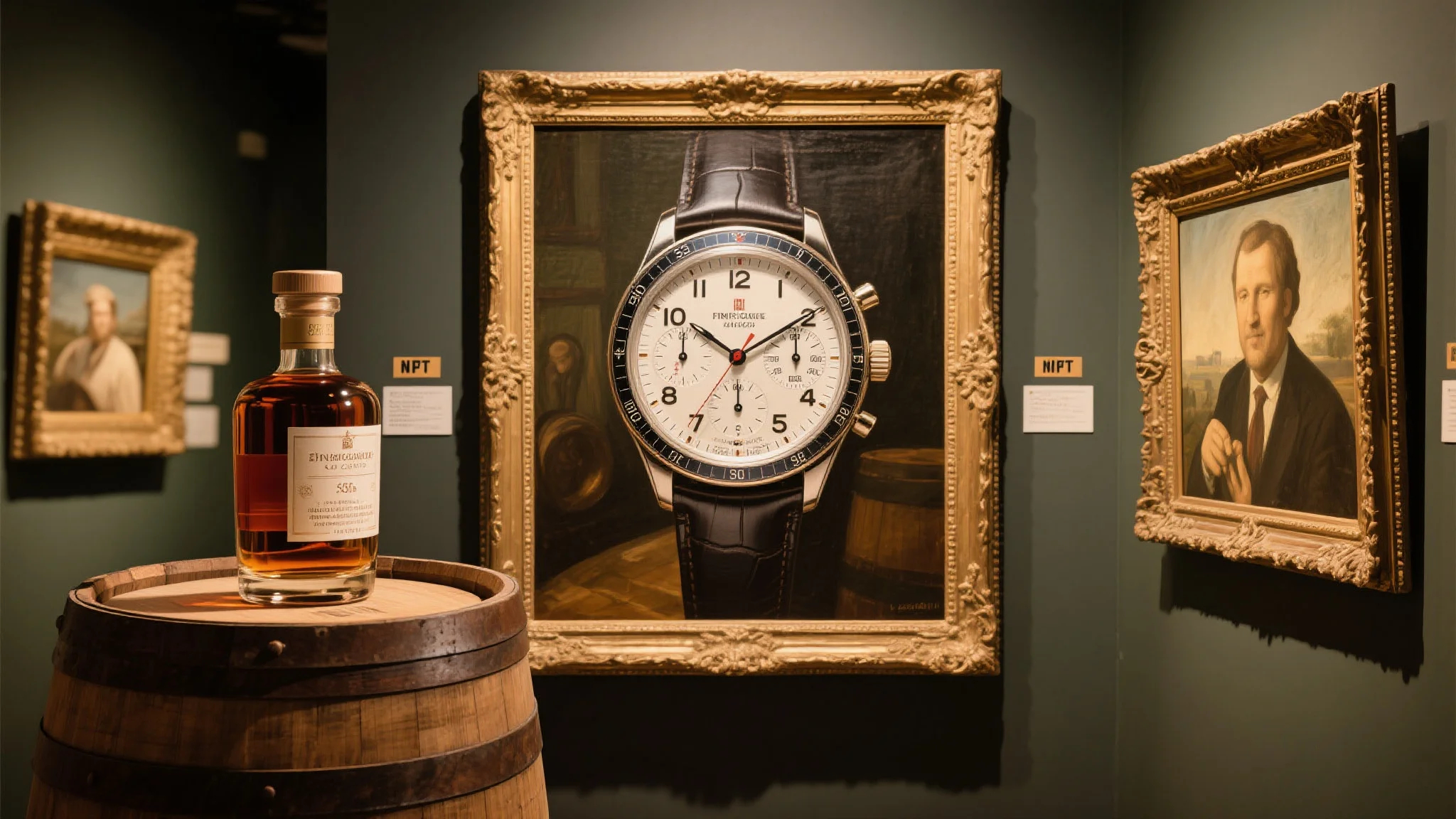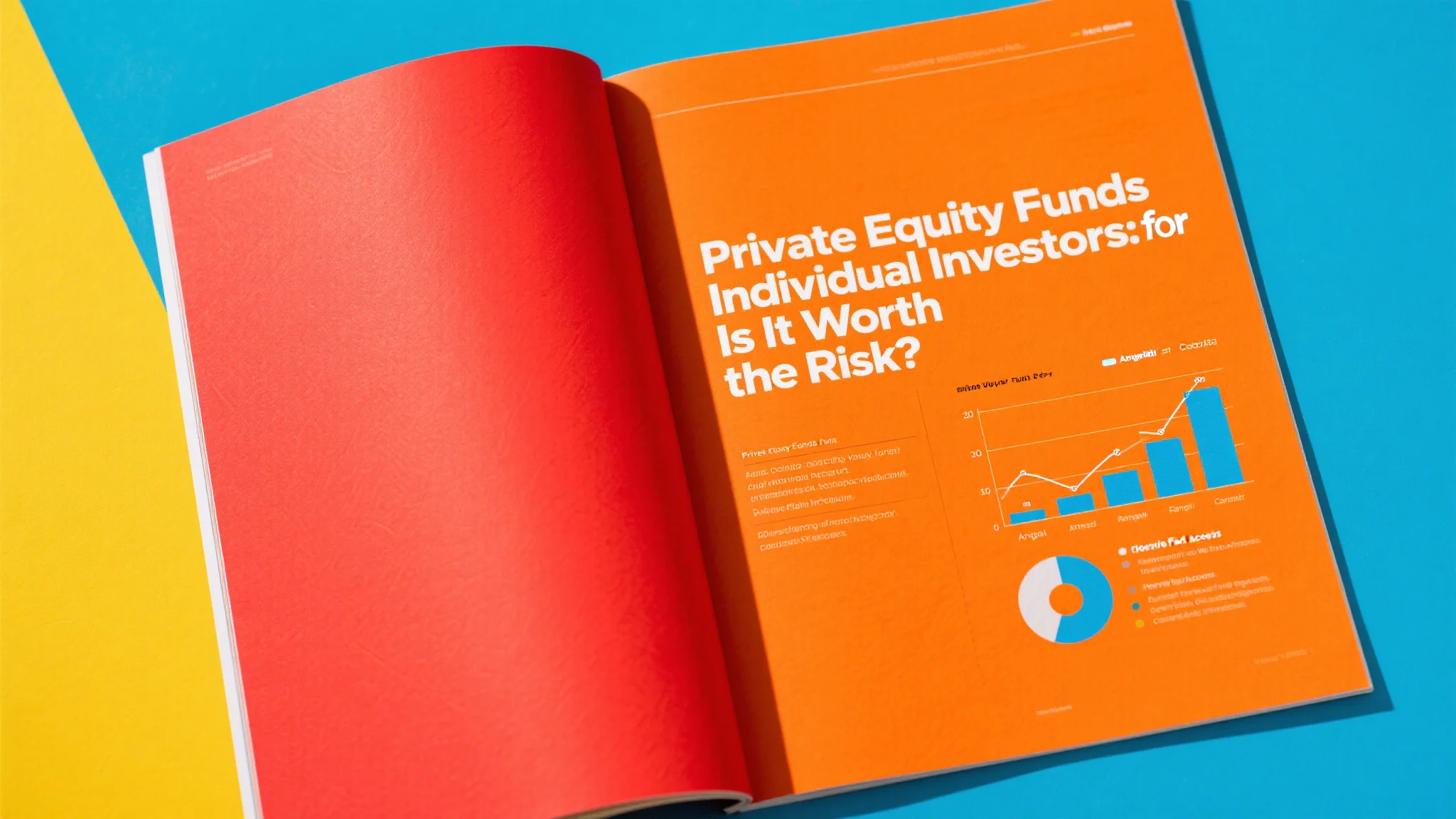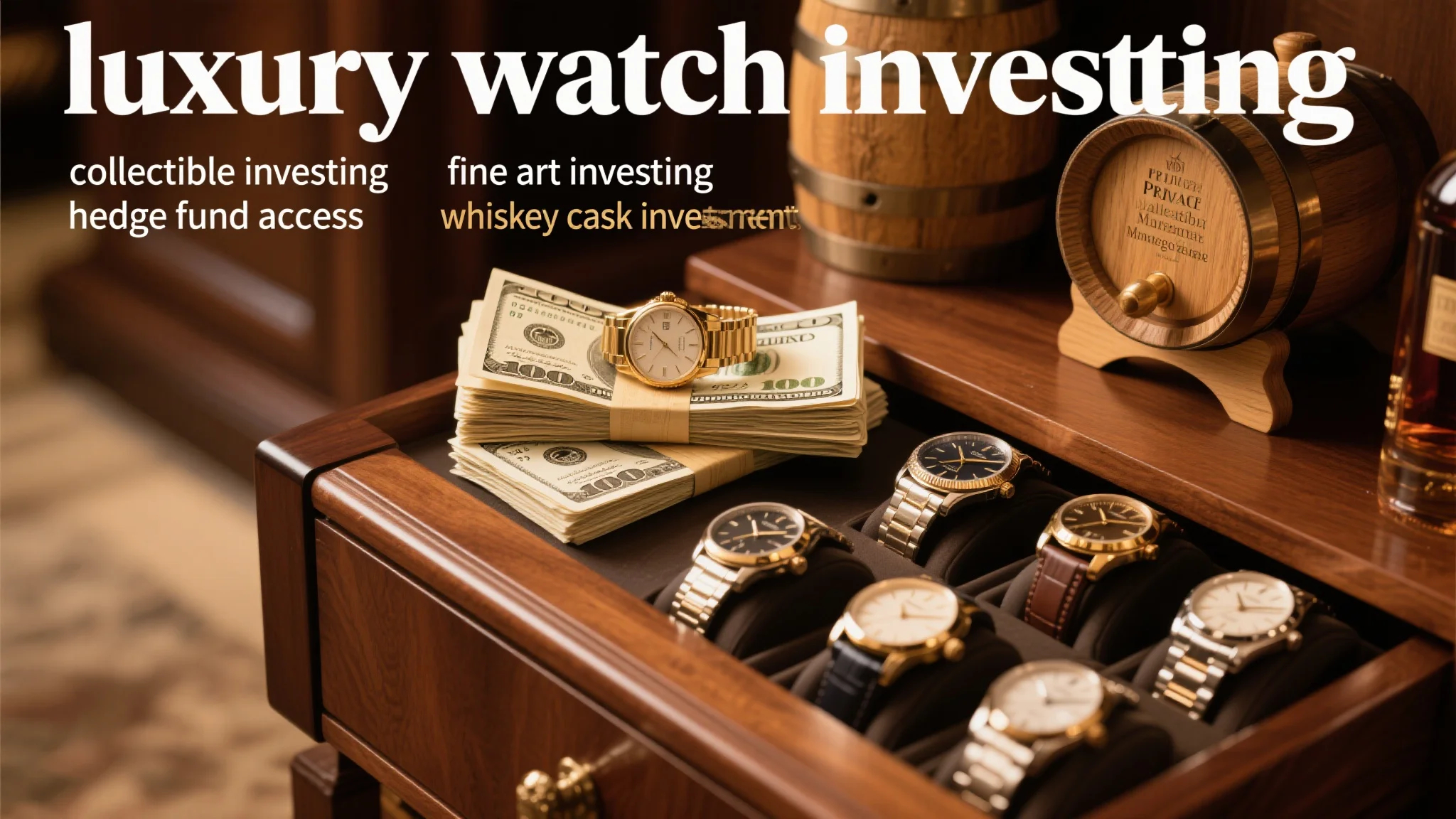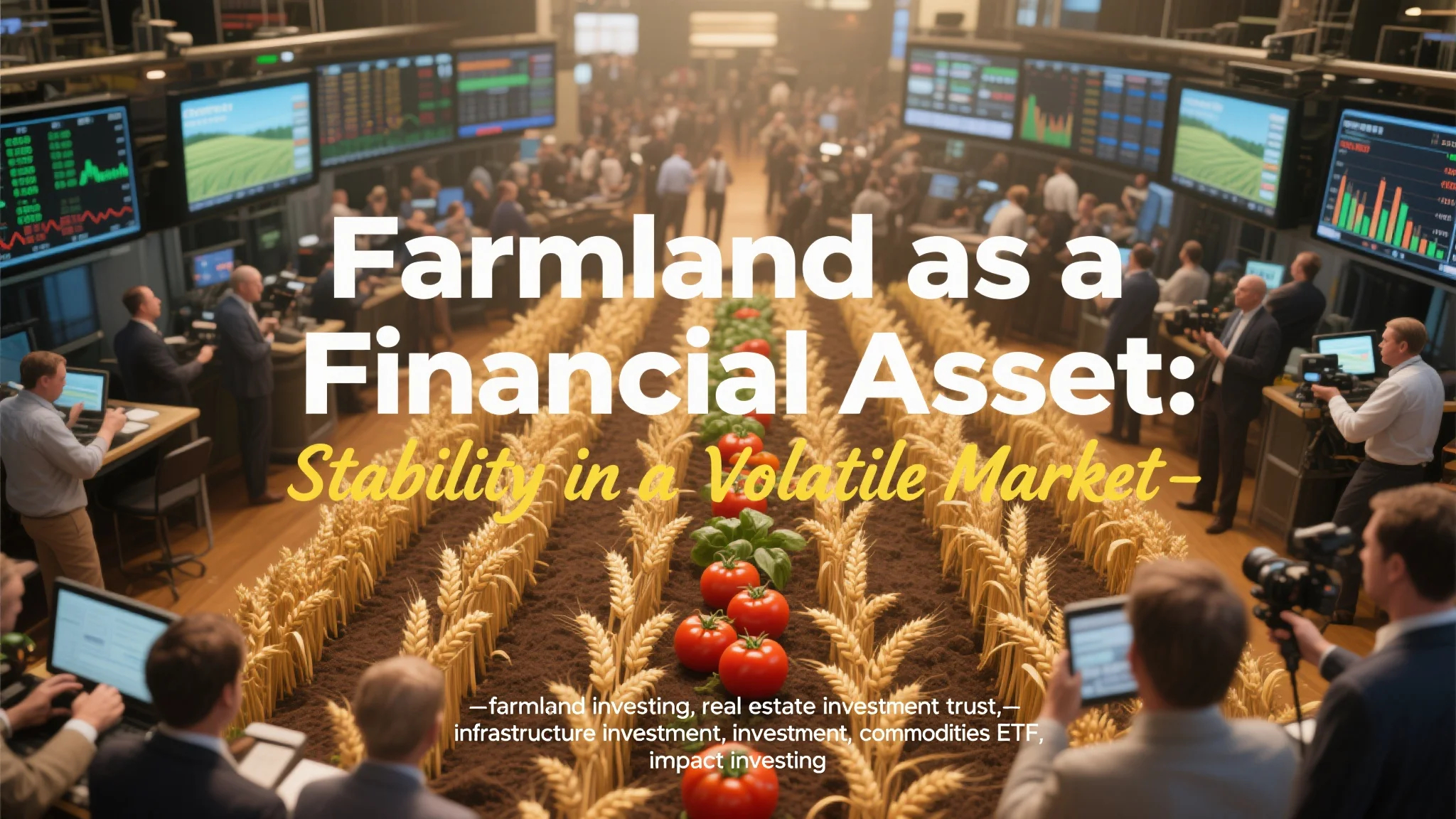
From Canvas to Cash: Is Fine Art a Legit Investment Vehicle?
The Allure of Fine Art Investing
For centuries, fine art investing has been the preserve of wealthy connoisseurs, but modern platforms have democratized access to this alternative asset class. Blue-chip artworks by established masters have historically delivered steady appreciation, often outperforming traditional markets during economic downturns. However, the art market remains opaque with valuations that can fluctuate dramatically based on trends and collector whims.
Successful fine art investing requires either deep expertise or trusted advisors who understand the nuances of provenance, condition, and artist significance. Many new investors start with fractional ownership platforms that allow participation in high-value pieces without the need for seven-figure capital. Storage, insurance, and authentication costs can significantly impact net returns.
Diversifying with Collectible Investments
Collectible investing spans a broad spectrum from rare coins and stamps to vintage cars and sports memorabilia. These tangible assets often appeal to investors seeking portfolio diversification beyond paper securities. The most successful collectible investors combine passion with profit, focusing on categories where they have genuine interest and knowledge.
When approaching collectible investing, condition and rarity drive value more than age alone. Professional grading services have brought more transparency to certain markets like coins and trading cards. Liquidity varies widely by category, with some collectibles taking months or years to sell at target prices.
Luxury Watch Market Dynamics
The market for luxury watch investing has matured significantly in recent years, with certain models from brands like Patek Philippe and Rolex achieving auction results comparable to fine art. Unlike many collectibles, high-end watches can be worn while appreciating in value, though this requires careful maintenance and occasional servicing.
Successful luxury watch investing requires understanding production numbers, historical significance, and market trends. Limited edition pieces from established manufacturers tend to hold value best, while overly trendy designs may fluctuate. Documentation and original packaging significantly impact resale value.
Whiskey Cask Investment Potential
Whiskey cask investment offers a unique alternative asset with tangible underlying value. As whiskey ages in oak barrels, its flavor develops and its market value typically increases. Investors can purchase entire casks from distilleries or participate through specialized funds that manage storage and eventual bottling.
The appeal of whiskey cask investment lies in the finite nature of aged spirits – once bottled, that particular vintage can never be reproduced. However, investors must account for “angel’s share” (evaporation loss), insurance costs, and the specialized storage requirements that maintain whiskey quality during maturation.
NFT Investment in the Digital Age
Following our NFT investment guide, we see digital collectibles representing a new frontier for alternative investors. While the NFT market has experienced significant volatility, certain categories like generative art and blockchain gaming assets have demonstrated lasting value. The transparent ownership records enabled by blockchain technology address some authentication challenges present in physical collectibles.
A prudent NFT investment guide emphasizes community strength, creator reputation, and underlying utility. Unlike physical collectibles, NFTs can incorporate programmable features that unlock ongoing benefits for holders. Storage concerns disappear, though investors must securely manage their digital wallets.
Building a Balanced Alternative Portfolio
The most successful investors combine elements of fine art investing with selective collectible investing allocations. They may include luxury watch investing for portable assets and whiskey cask investment for commodity exposure. Our NFT investment guide helps round out the portfolio with digital alternatives.
This diversified approach to alternatives helps manage risk while capturing the unique benefits of each asset class. Most financial advisors recommend keeping alternative allocations to 5-15% of total investable assets, depending on risk tolerance and investment horizon.
Risk Management in Alternative Investments
While fine art investing and other alternatives offer portfolio diversification benefits, they also carry unique risks including illiquidity and valuation subjectivity. Investors should implement strict due diligence processes and only work with reputable dealers or platforms. Proper insurance and storage arrangements are essential for physical assets.
Market cycles for alternatives often differ from traditional securities, potentially providing downside protection during stock market declines. However, the specialized knowledge required makes professional guidance particularly valuable when navigating these complex investment categories.


